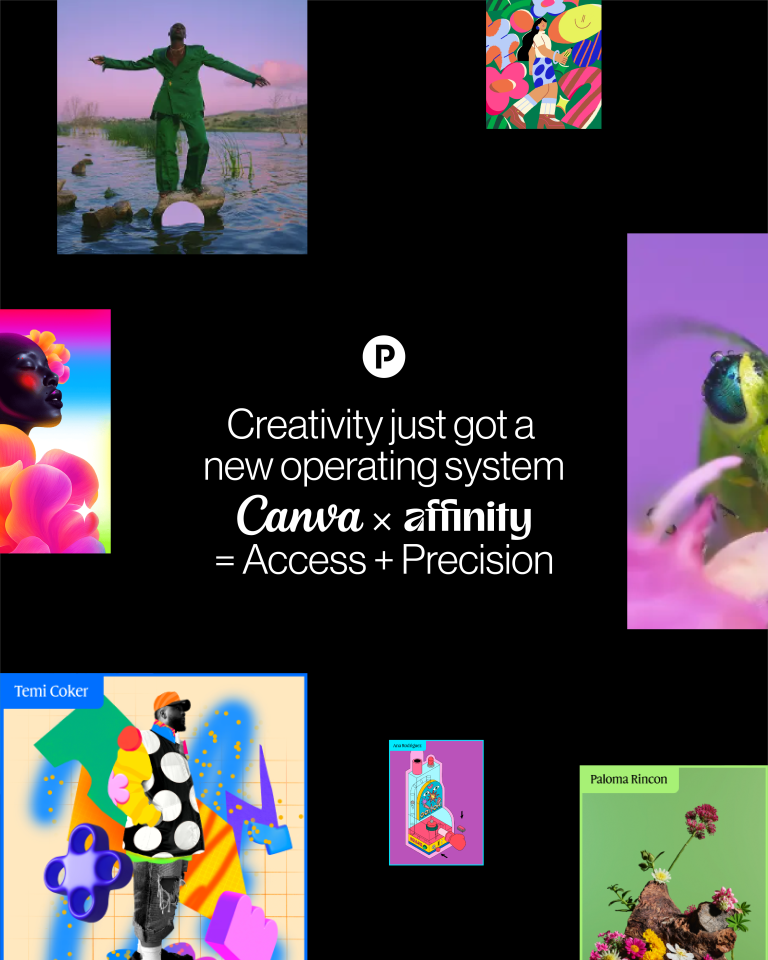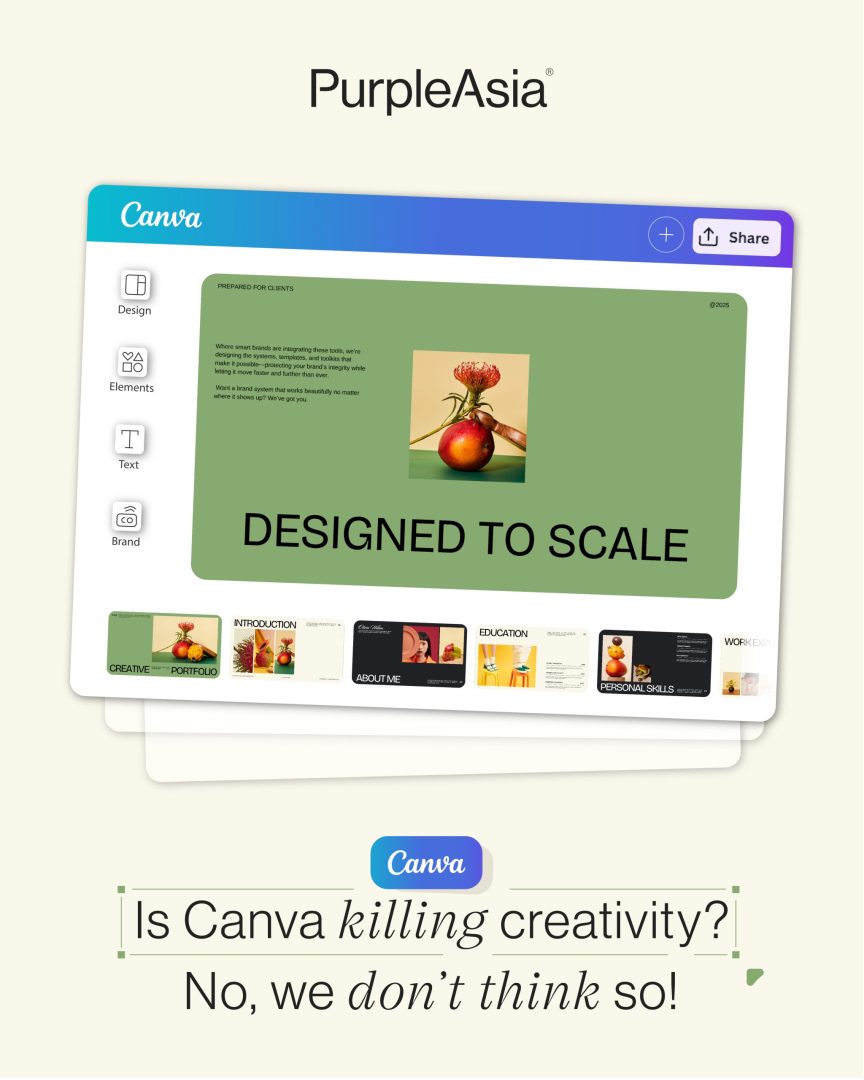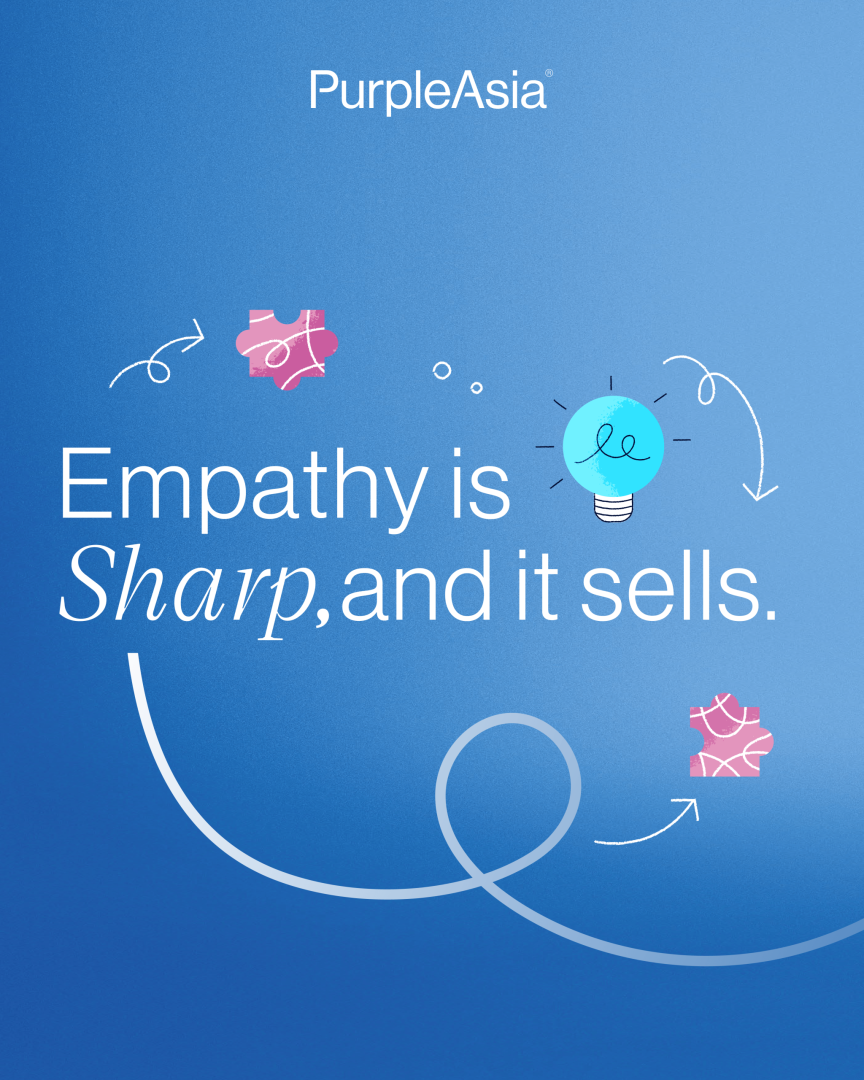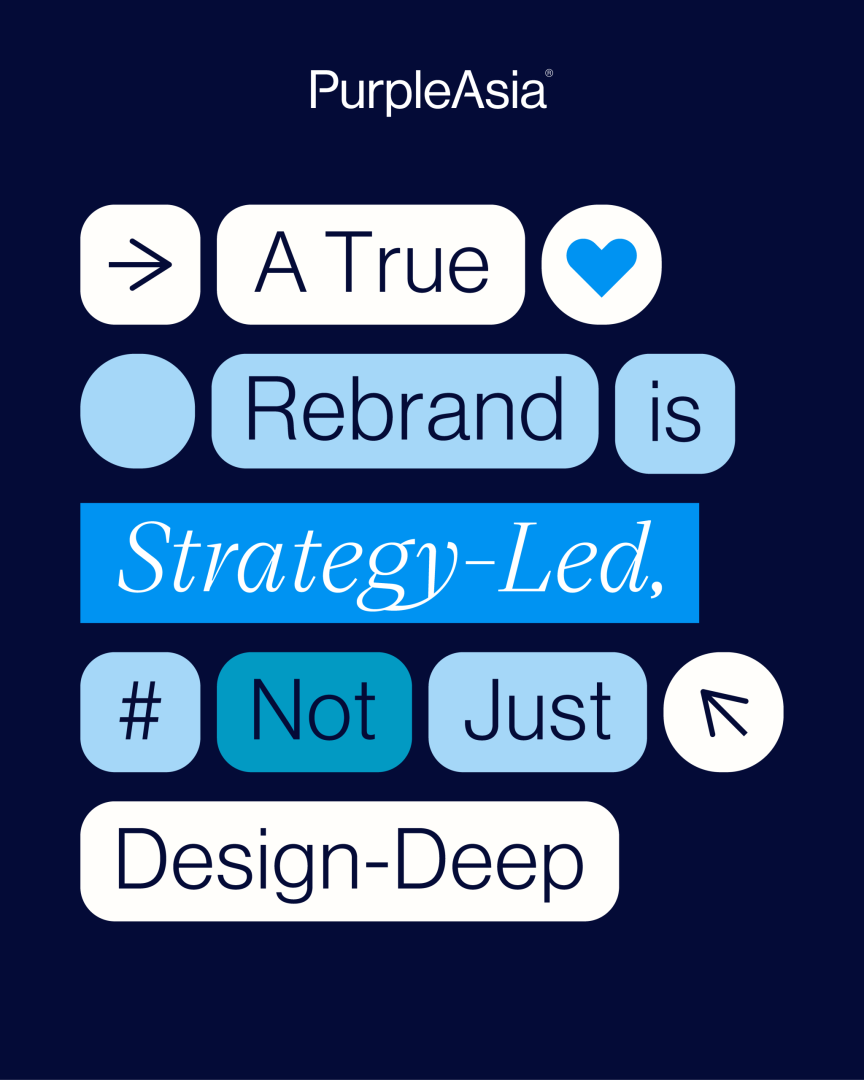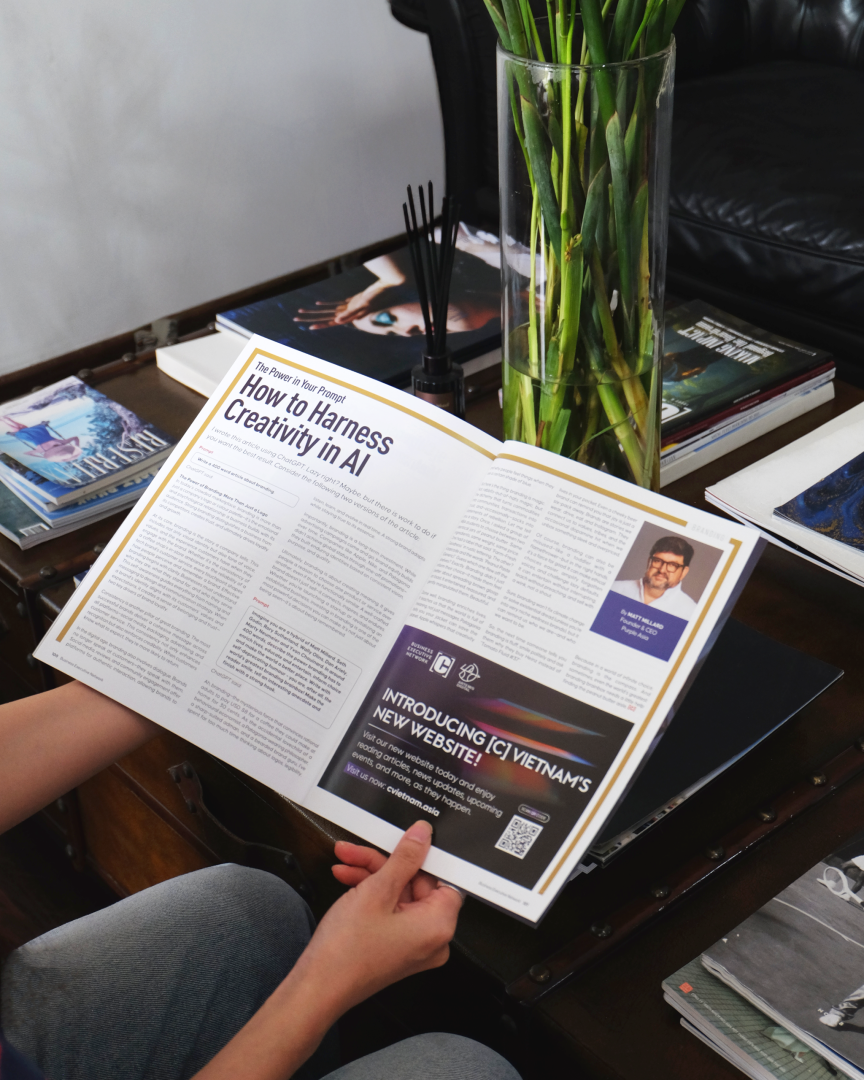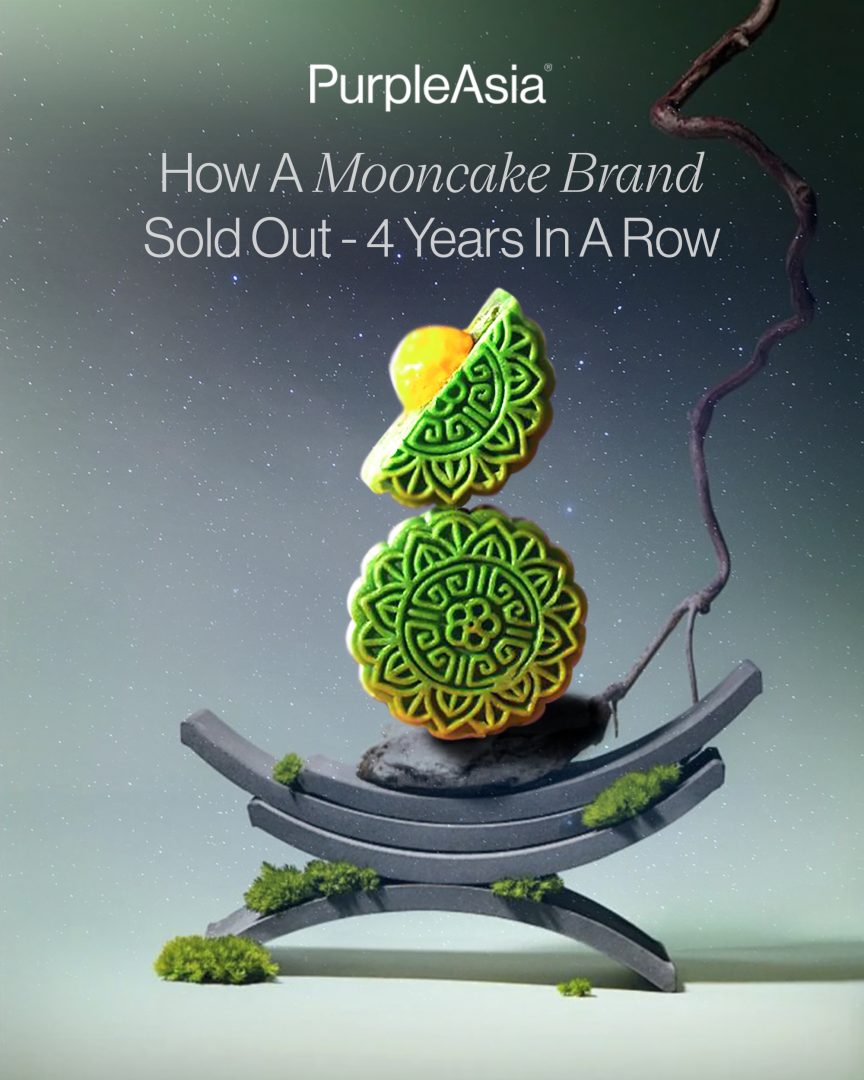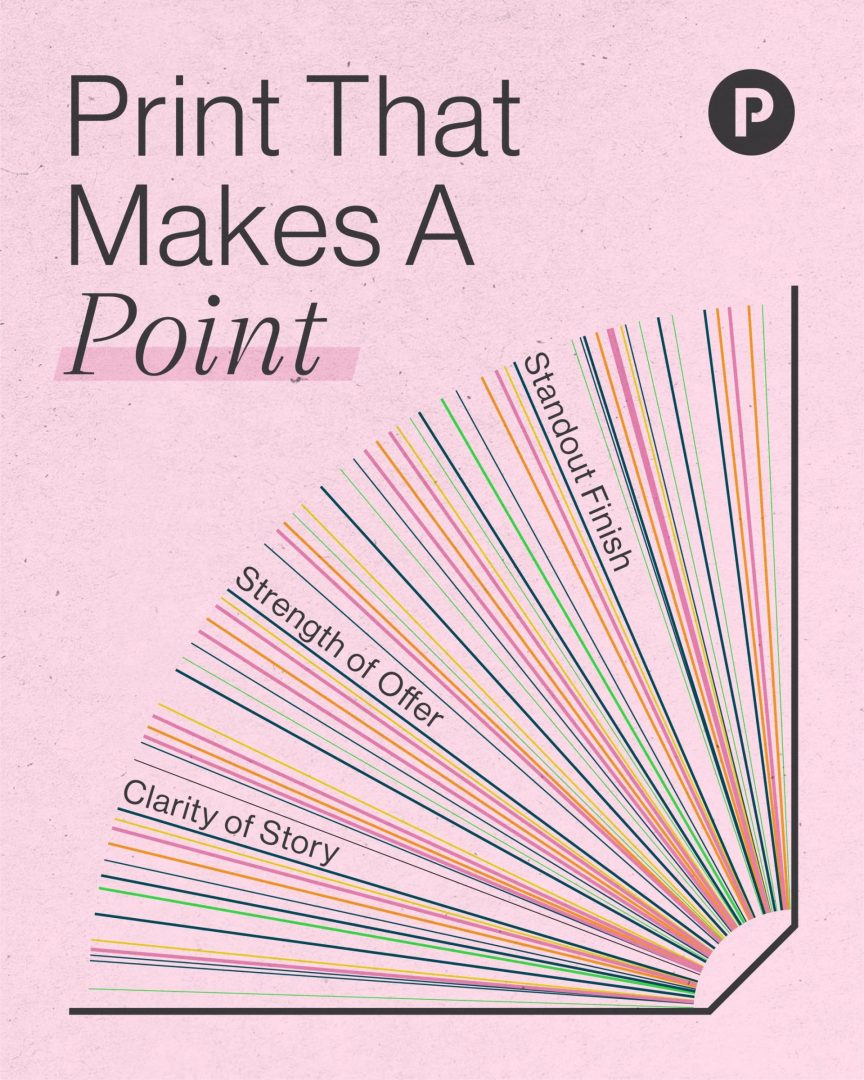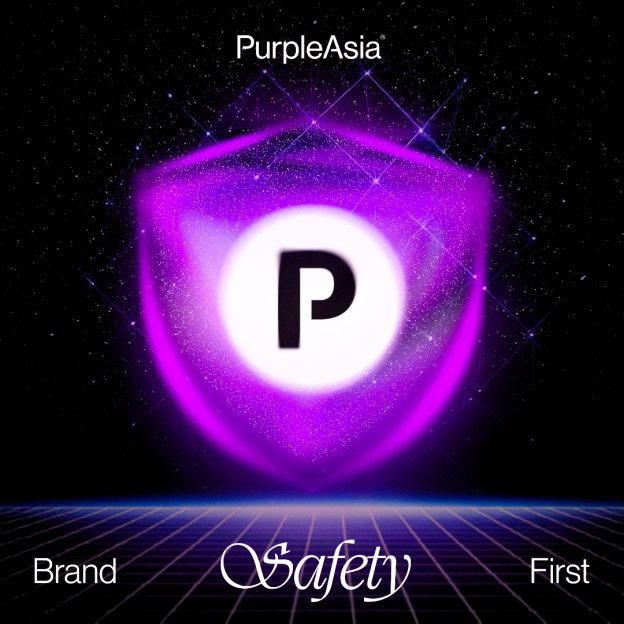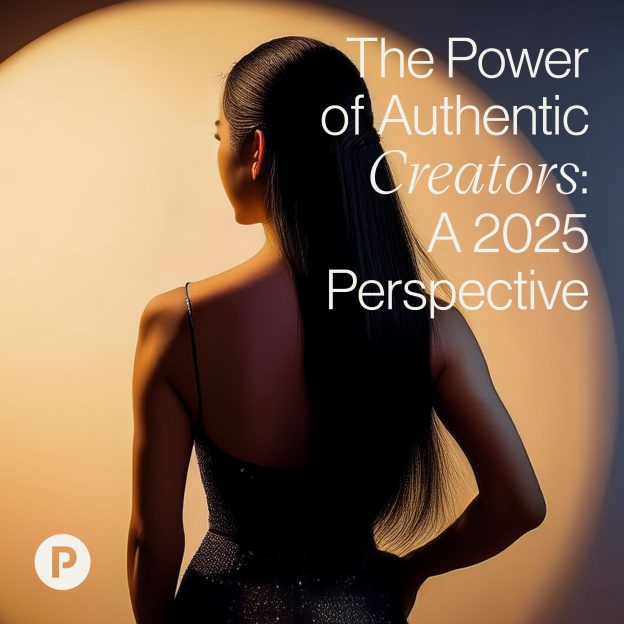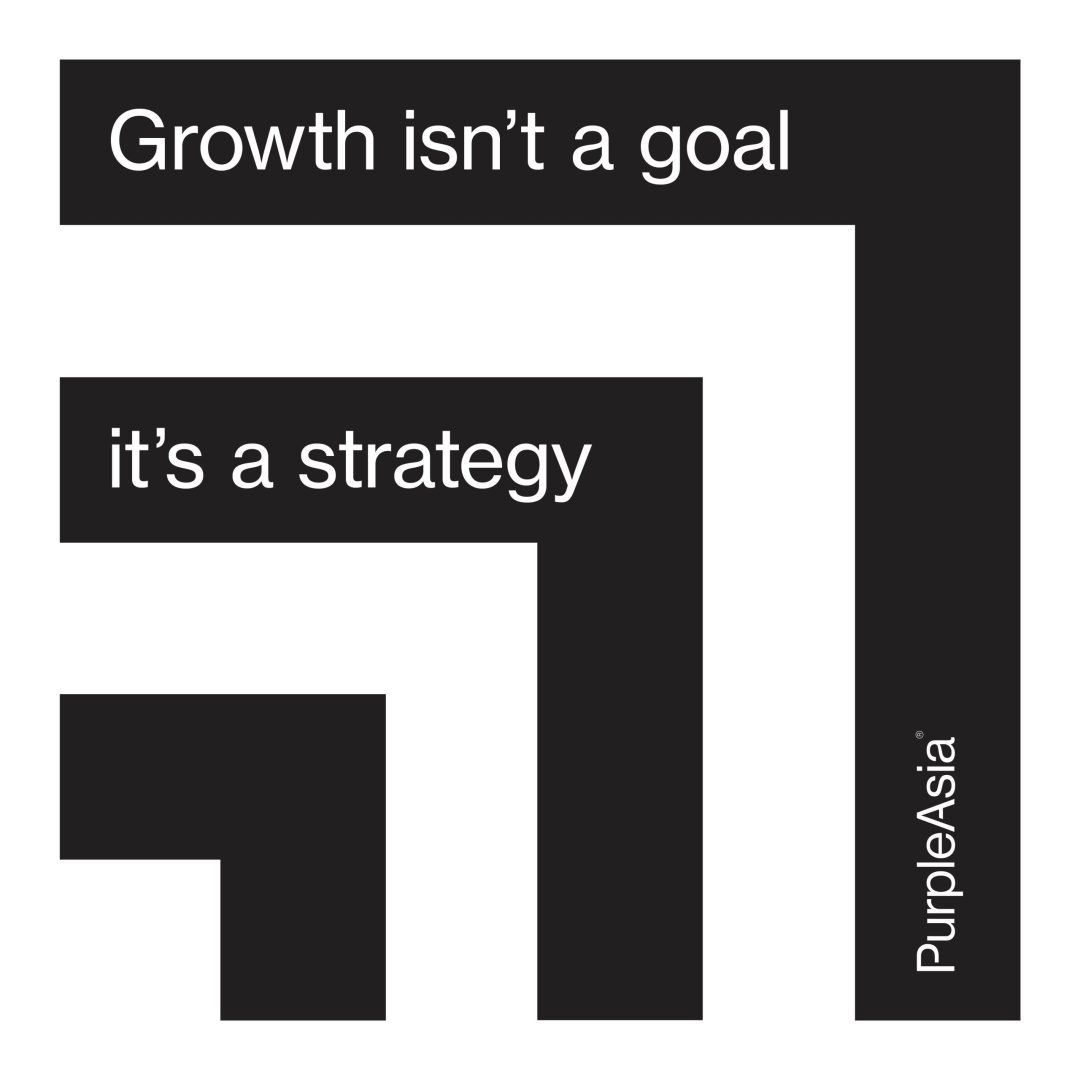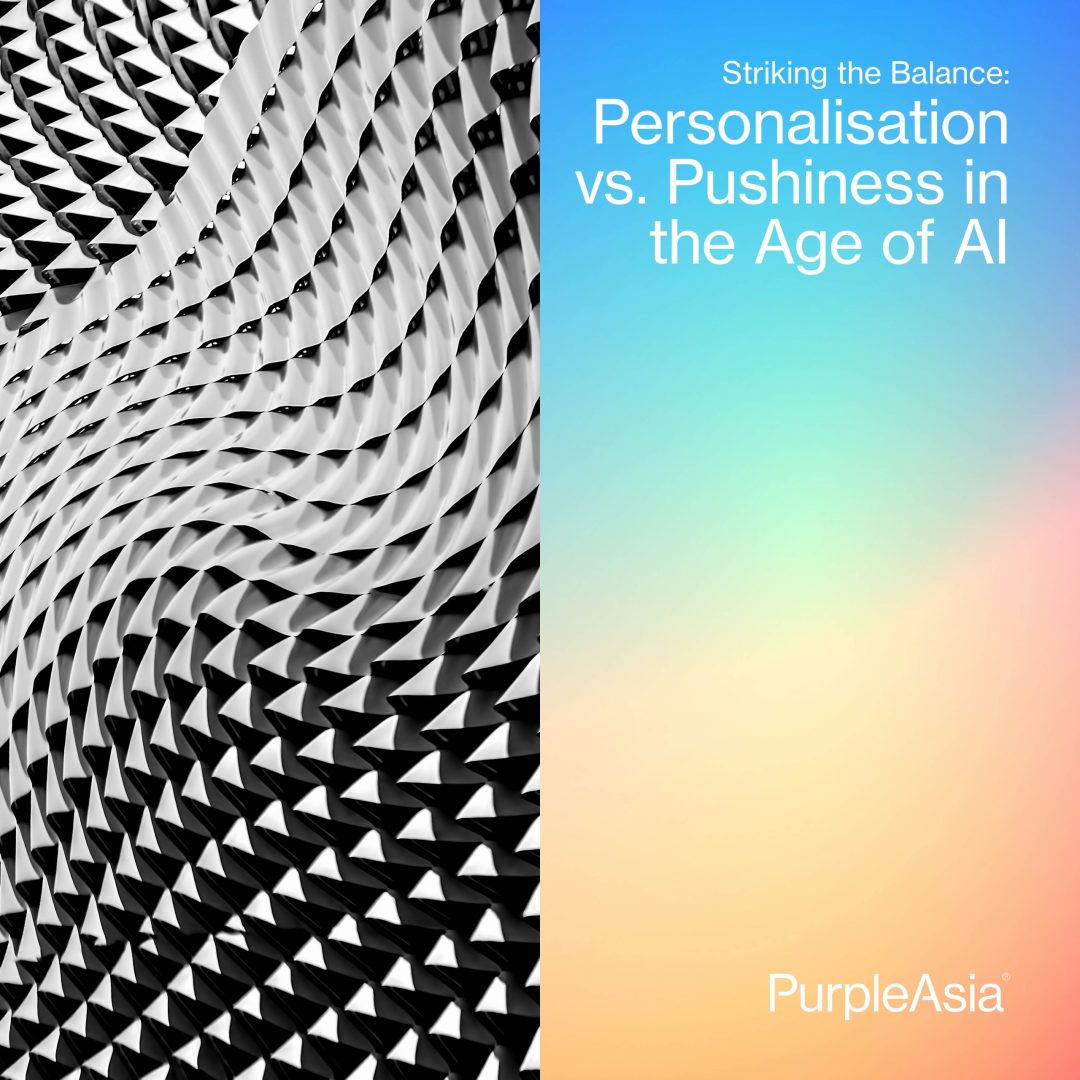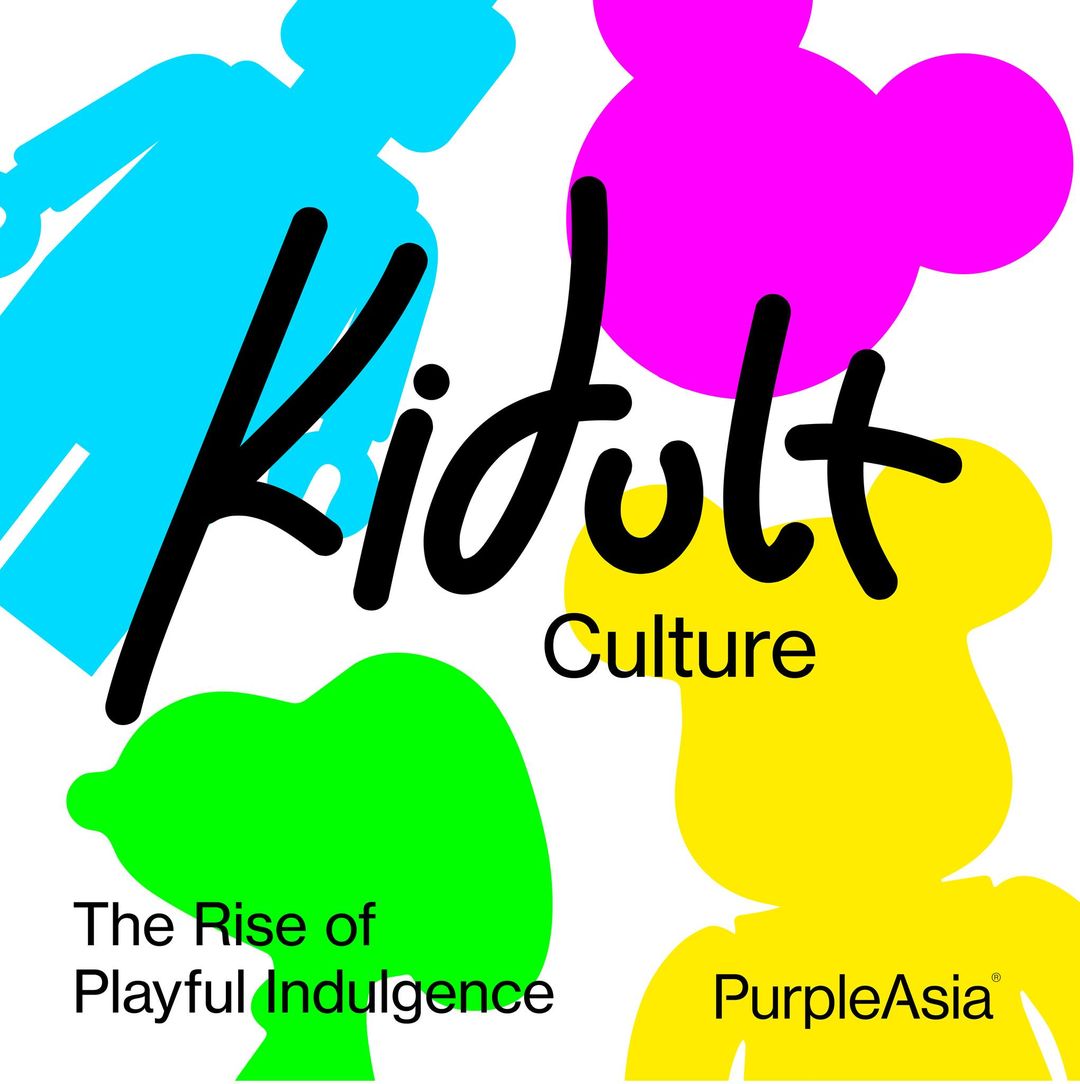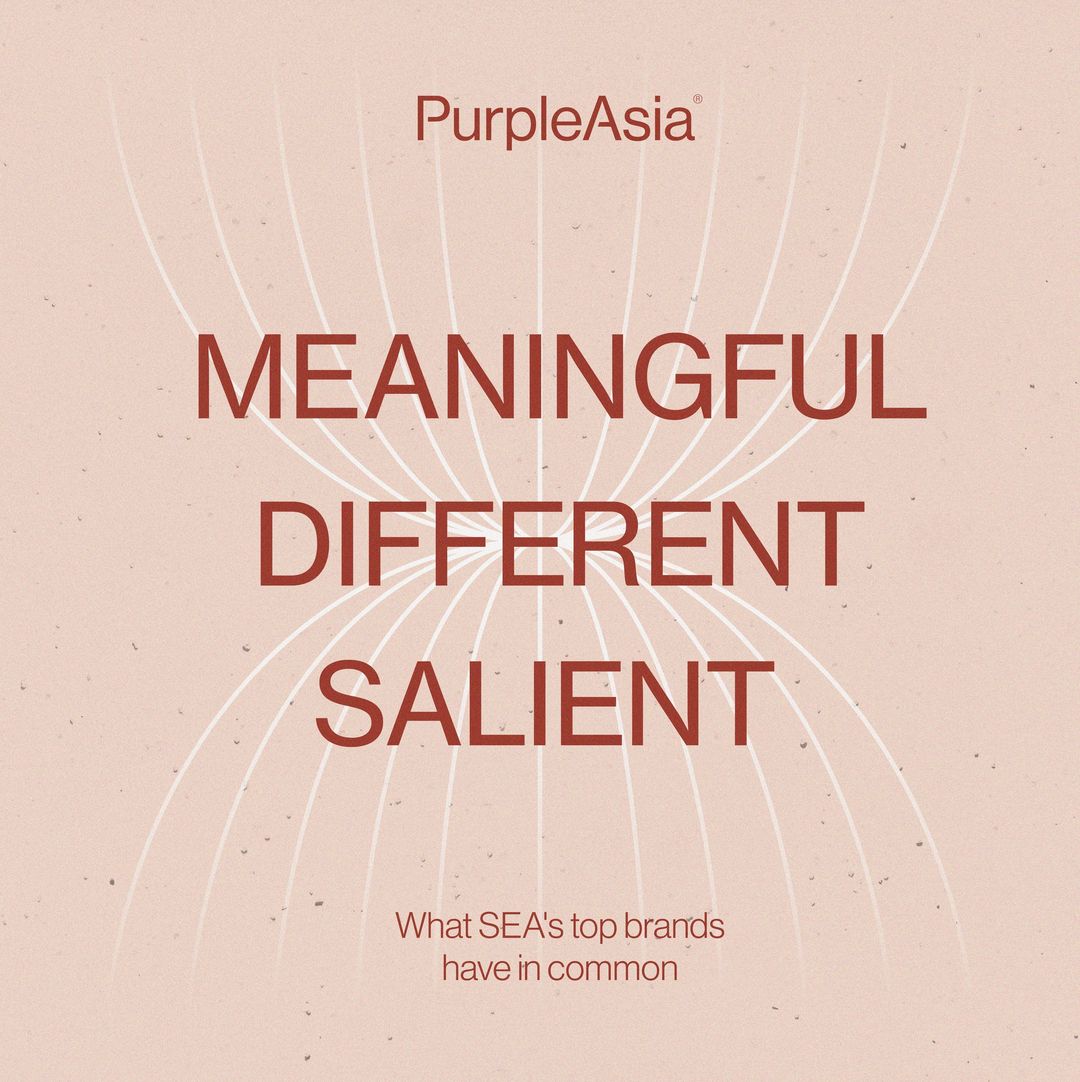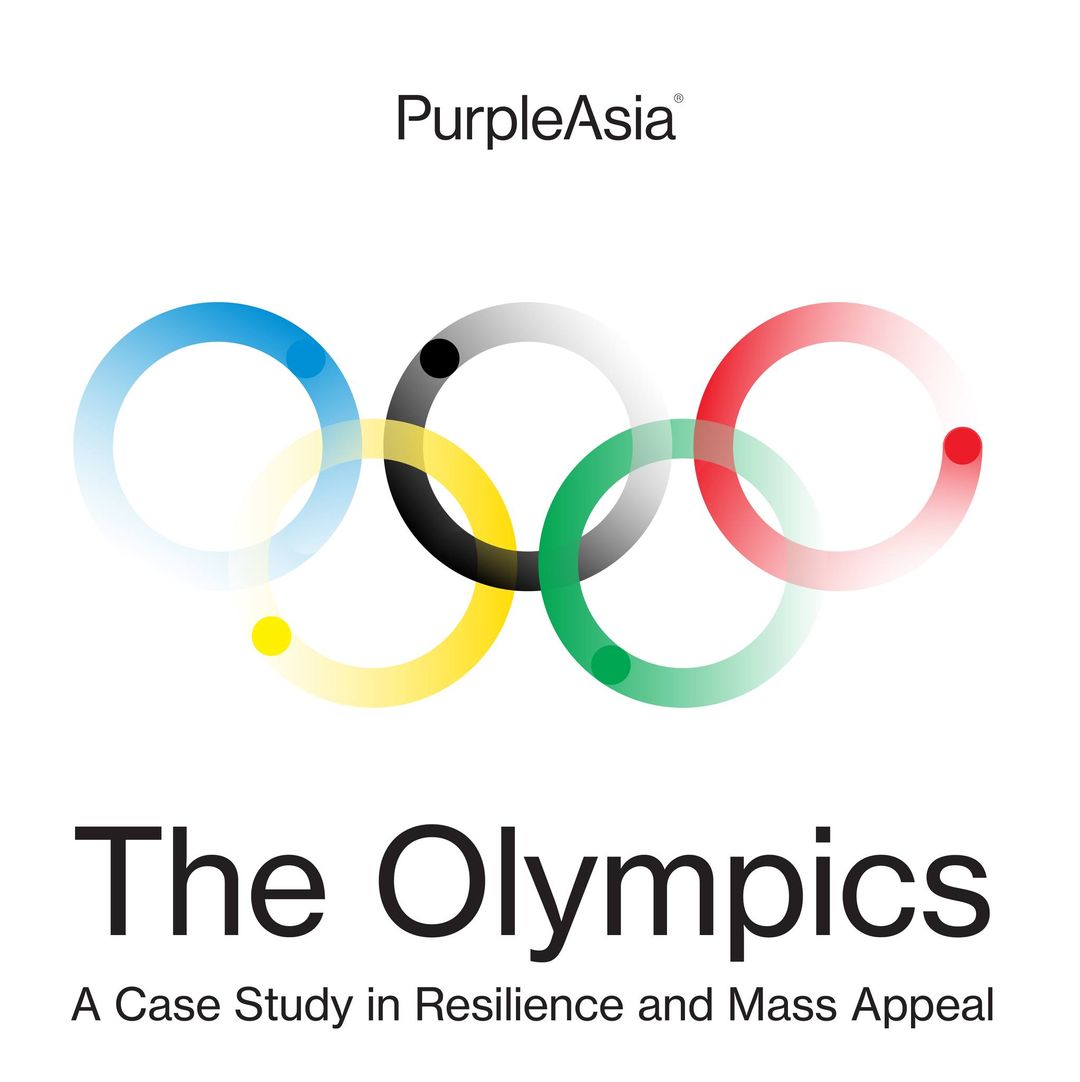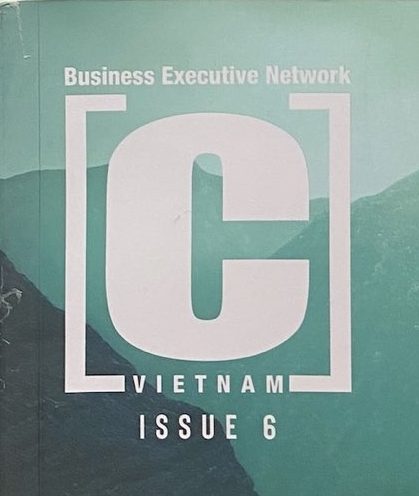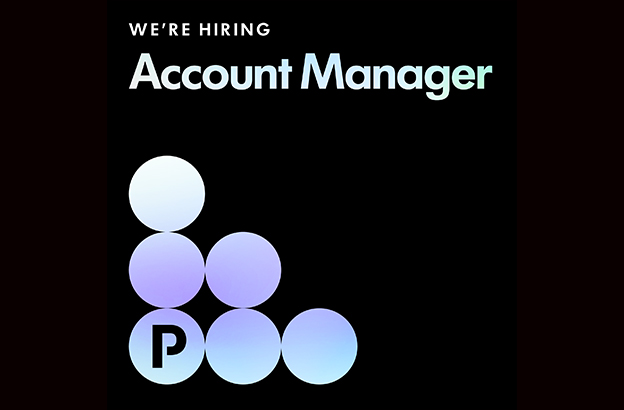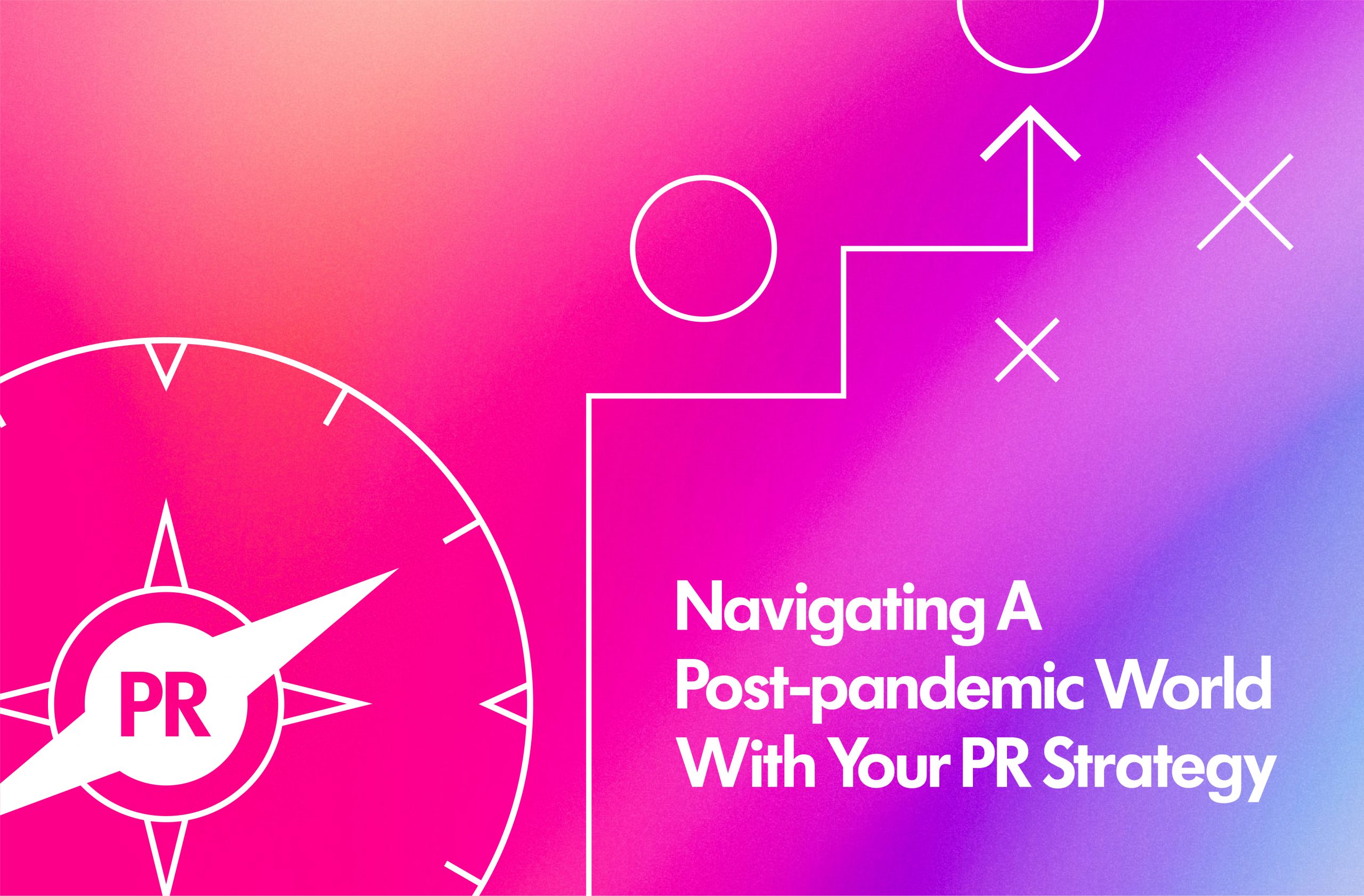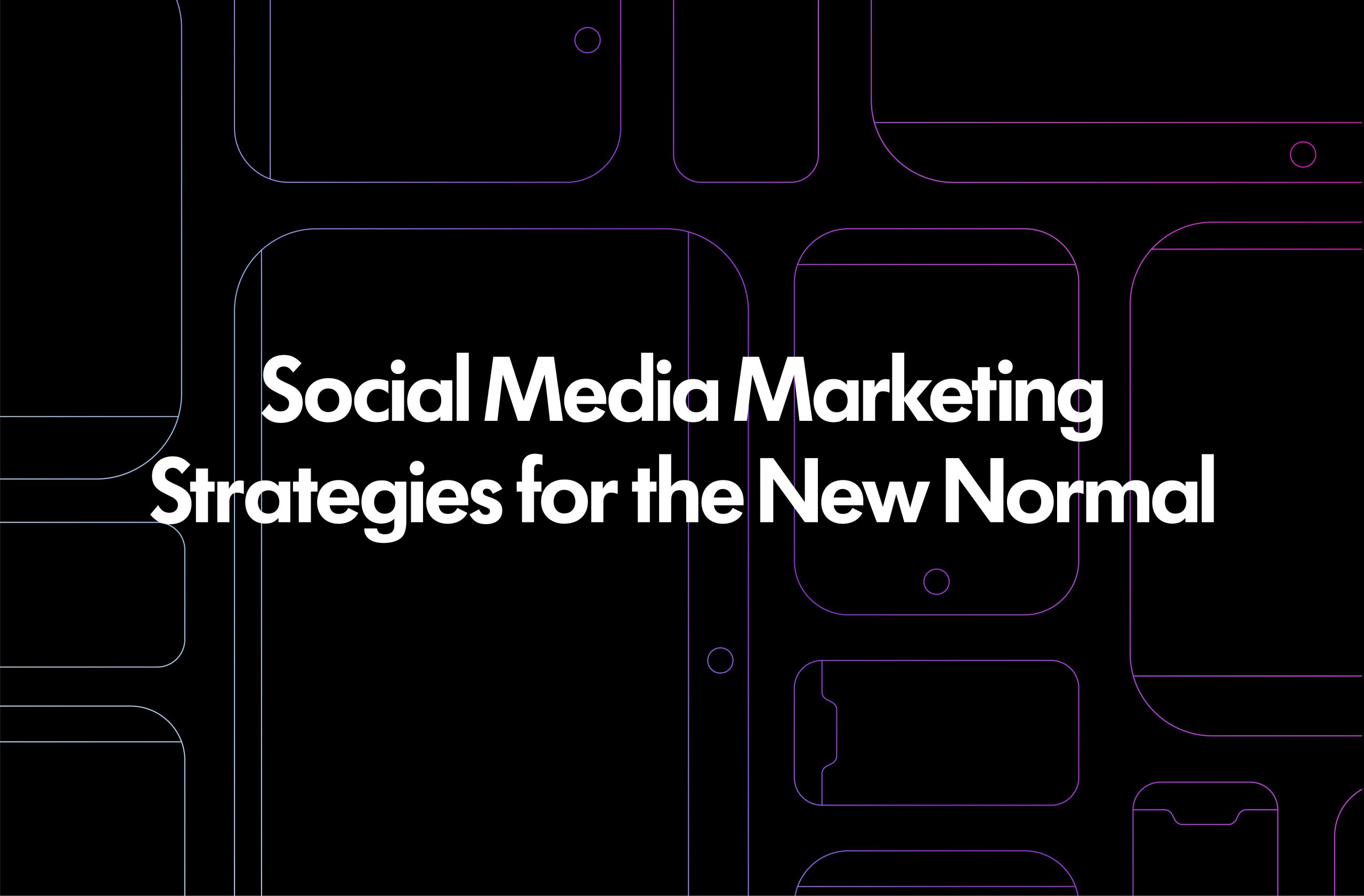In branding and marketing, breaking through blockages and discovering fresh perspectives can be the difference between success and mediocrity. Whether crafting a new brand, launching a campaign, or tackling a business challenge, the 5Is framework provides a clear, actionable process for achieving real results. This approach encourages teams to dig deep, distil information into insights, and then use those insights to fuel effective solutions. The 5Is stand for Issue, Information, Insight, Implication, and Implementation—and at the heart of it all is Insight, the most crucial component.
Let’s explore how this method works and how it has impacted real-world examples with disrupter success stories like Dollar Shave Club.
1. The Issue: Defining the Problem
The first step in the 5Is process is to define the issue. It sounds simple, but in reality, it requires clarity and precision. A clear understanding of the issue helps focus efforts and avoid wasted energy on irrelevant concerns. It’s not just about the business problem (e.g., “we need to sell more SUVs”) but also about understanding the human side of the equation.
For instance, if you’re struggling with SUV sales, the issue might not be that people aren’t interested in SUVs but that specific groups—like busy parents—need vehicles with enough space for shopping and school runs. Understanding the people problem allows you to reframe the challenge in a more human context, helping to create more effective solutions.
Take the hypothetical example of Diageo’s marketing in Hanoi, where brown spirits dominate the market. The issue isn’t simply that white spirits like Bacardi or Smirnoff aren’t selling—it’s about finding the right way to appeal to younger audiences. In this case, the issue revolves around changing consumer preferences, not just boosting sales.
2. Information: The Foundation of Insights
Information is critical, but it must go beyond the superficial. Many companies collect data simply to validate their own ideas, but innovation often requires venturing into the unknown. Forward-looking information—market trends, consumer behaviour shifts, or weak signals at the periphery—is more valuable than backwards-facing market research.
For example, when developing a new product, traditional market research might suggest that people like strawberry milk because eight out of ten surveyed say so. However, to find something truly groundbreaking, you need to dig deeper. It’s in the unexpected data points—like a child’s fear of a strawberry character resembling a ghost—where insights often emerge.
In the case of Dollar Shave Club, the founders took basic information (men are being marketed unnecessary, overpriced razors) and flipped the script. They recognised that men don’t want to be over-sold or misled and that simple, affordable, and direct products would resonate more with them. This basic information became the springboard for a $1 billion business.
3. Insight: The Key to Uncovering Truths
Insight is where the real magic happens. It’s the moment of clarity where you connect seemingly disparate pieces of information to uncover a deeper truth that drives consumer behaviour. Insight is about understanding what motivates people on a fundamental, human level.
For example, Starbucks transformed from a single shop into a global empire by identifying a core insight: people need a third place. Between the stresses of work and home life, people crave a space that offers them a personal break—a moment to relax. Starbucks isn’t just selling coffee; it’s selling 20 minutes of ‘me-time’, a mental health break wrapped in a cup of coffee.
4. Implication: Making the Insight Actionable
Once you’ve identified the insight, the next step is understanding its implications. This means asking: how does this insight apply to the business problem? What behaviours or decisions influence it, and how can we capitalise on that?
Returning to the Dollar Shave Club example, the insight that men don’t want to be over-marketed led to the implication that simplicity, affordability, and honesty would win them over. The company didn’t just launch another shaving product—it created a subscription model that catered directly to the frustration their target audience felt with big brands like Gillette.
In branding or campaign development, the implications of insights can transform how you communicate. For instance, once you understand that Starbucks’ core value proposition is mental well-being, you can see why they emphasise cosy environments, free Wi-Fi, and pleasant service in their stores worldwide.
5. Implementation: Bringing the Insight to Life
The final stage of the 5Is framework is implementation. This is where insights are turned into strategies, campaigns, and actions. It’s about taking the aha moment of insight and transforming it into a business reality. Good implementation ensures that insights are reflected in everything from product development to marketing messaging.
To continue the theme, one of the best examples of implementation is the first Dollar Shave Club ad, which went viral because it was funny and resonated with men who felt oversold. The ad wasn’t just a clever idea; it was an execution based entirely on the insight that men value straightforwardness.
In your business, whether you’re working on a new brand or tackling a challenge like how to sell a particular cuisine abroad, the key is to take the insight and use it as a North Star for everything that follows. Implementation ensures the solutions are aligned with the deep truths uncovered during the insight stage.
Conclusion: The Power of Insight-Driven Strategy
The 5Is framework is a mindset more than anything else. It’s about starting with the right questions, digging into important information, discovering deep human truths, and turning those truths into actionable strategies. Whether you’re launching a new product, creating a marketing campaign, or solving a business challenge, always remember that insight is the engine that drives success. This approach allows you to build lasting connections and create value that resonates, which is the ultimate goal, isn’t it?



